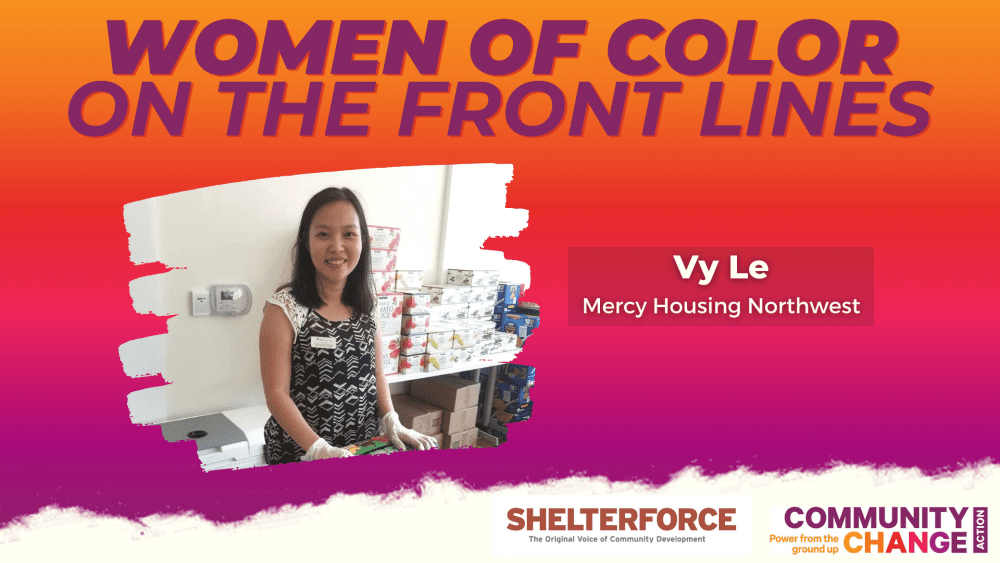
A 2012 Economic Policy Institute report shows just how high. Using the standard international definition of poverty (household income of less than half the median), the study found, for example, that U.S. poverty was 17.3 percent versus Germany’s 8.9 percent and that 23.1 percent of U.S. children were in poverty, compared to Germany’s 8.5 percent. Moreover, U.S. taxes and transfers were found to reduce poverty less than in any of the other 22 countries studied.
Last month, President Obama foreshadowed a likely topic of his upcoming State of the Union address: inequality. Certainly, some steps, such as raising the minimum wage to $10.10 an hour, are important. But making a real dent in inequality and poverty will require more than raising the floor. It requires a long-term agenda to develop community assets and build community wealth. Here community developers have an important role to play. As Josh Ishimatsu of the National Coalition for Asian Pacific American Community Development aptly put it in a recent Rooflines column: “Community development should more fundamentally and explicitly be about power, community control, and community self-transformation.”
Two papers from National People’s Action—a group cofounded by anti-redlining activist Gale Cincotta—speak to this transformative possibility. One is a brief for a Long-Term Agenda to the New Economy and a second paper, titled Creating a Long-Term Agenda for Change: A Case History of National People's Action, lays out a “40-year plan” based on five principles: 1) Democratic control of capital; 2) Racial justice; 3) Reducing corporate power and restoring public purpose; 4) Renewing democracy; and 5) Ecological sustainability.
Highlights of National People Action’s 40-Year Plan include the following:
Democratic Control of Capital
“We’ll instate laws that favor community held economic structures that keep wealth in our communities. These rules will favor cooperative and community controlled structures for housing, worker-ownership, food production, bank, as well as locally run small businesses, and democratically-managed public institutions such as a federal infrastructure bank and state banks.”
Racial Justice
“A racially just economy will include an end to the mass incarceration of people of color and open the promise of prosperity to millions of immigrants who have been excluded from the benefits of the wealth they produce.”
Reduce the Power of Corporations
“We need to dramatically restructure corporations and our relationship with them. To exist, corporations will need to demonstrate a public purpose and be smaller, more accountable to, and governed by the general public.”
Renew Democracy
“We will dismantle the current money-driven political process by reversing Citizens United and creating a public financing system for elections … We will expand the ways we engage in our democracy, including participatory budgeting, exercising control over local institutions, and encouraging our own people to seek elected office.”
Ecological Sustainability
“Transforming our economy gives us an opportunity to rethink growth and redirect investments into green alternatives. It also means we need to prepare for the effects of climate change … so that we face them in ways that are just and equitable.”
Naturally, even as it adopts a broader vision, day-to-day work continues, such as fighting against exploitative bank deposit-advance loans. Turning long-term goals into actionable campaigns is challenging. As NPA leaders George Goehl and Bree Carlson write, “reimagining what’s possible feels real and credible only when accompanied with a clear analysis of how structural reforms—reforms that take power away from the 1% and move power to everyday people—can lead to larger transformation.” Still, the vision helps guide community building work.
Of course, NPA’s vision is not the final word. It has, however, set forth a position. Implicitly, it calls on us to do the same.
So, what’s your 40-year plan?





Comments